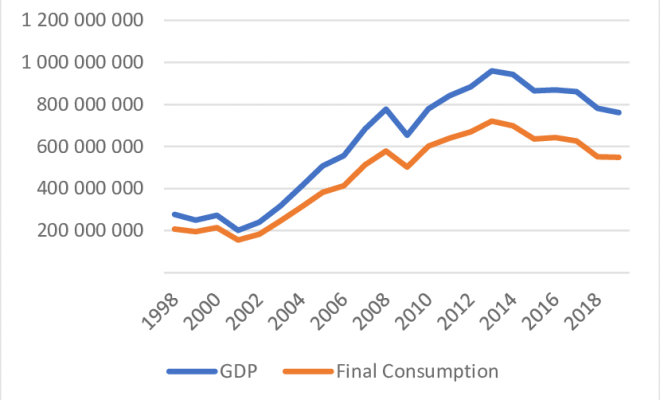How to calculate boiling point of a solution

Introduction
The boiling point of a solution is the temperature at which it starts to change from a liquid to a gas, or boil. This property is crucial for understanding how substances interact and the conditions under which they change state. In this article, we will delve into the process of calculating the boiling point of a solution.
Understanding Colligative Properties
A solution’s boiling point depends on various factors, including the solute’s nature and concentration. Boiling point elevation is a colligative property that depends only on the number of particles present in a solution, not on their identity. Therefore, higher concentrations of solute particles lead to an elevated boiling point for solutions.
Boiling Point Elevation Equation
To calculate boiling point elevation (ΔT), we use the following equation:
ΔT = i * Kb * molality (m)
Where:
– ΔT represents the change in boiling point
– i is van’t Hoff factor (number of dissolved particles per formula unit)
– Kb is the molal boiling-point elevation constant
– molality (m) is molality of the solute (moles of solute/kg solvent)
Calculating Boiling Point Elevation: Step-by-step Process
1. Determine van’t Hoff factor (i): Examine your solute of choice and determine how many particles it will break into when dissolved. For example, common salt (NaCl) breaks into two particles: Na+ and Cl-. In this case, i = 2.
2. Find the Kb value: The Kb values for some common solvents can be found in chemistry reference books or websites. The Kb value for water is 0.52°C/m.
3. Calculate molality: Molality measures how many moles of solute are present per kilogram of solvent. To calculate molality, you need to know the solute mass (in grams), the solute mole, and the solvent mass (in kilograms).
molality (m) = (moles of solute)/(kg of solvent)
4. Calculate boiling point elevation: Use the boiling point elevation equation to combine i, Kb, and molality to determine ΔT.
5. Find the new boiling point: Add the boiling point elevation ΔT to the solvent’s pure boiling point. For example, if calculating for water, add your result to water’s normal boiling point of 100°C.
Conclusion
Understanding how to calculate the boiling point of a solution can be crucial in fields such as chemical processing and pharmaceuticals. By following this step-by-step process, you can determine a solution’s boiling point elevation and obtain an accurate reading for its new boiling temperature.






